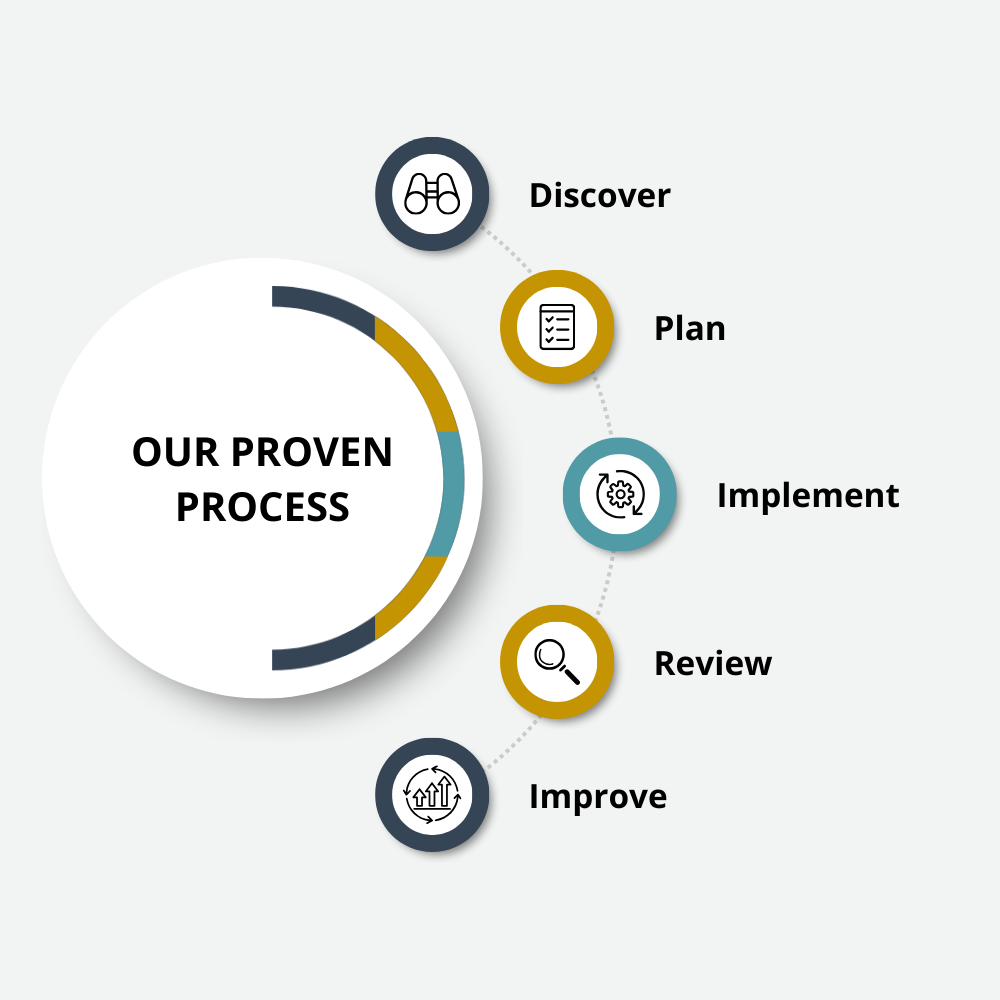The Tax Cuts and Jobs Act ushered in many individual tax law changes. We first saw the effects of many of those changes in 2018, including new tax rates and tax brackets, expanded deductions and credits, and reduced or eliminated itemized deductions. Although 2019 was a much quieter year in terms of tax law changes, it’s just as important as ever to review your tax situation.
To benefit from most individual tax planning opportunities, action must be taken before year-end. That’s why it is important to consider tax planning opportunities now.
Withholding
The federal income tax is a pay-as-you-go tax. Taxes are required to be paid as the income is earned or received, and for many, that means withholding from wages. Employers calculate withholding based on IRS tables. As tax laws, tax rates, and tax brackets change, so do the IRS tables. In order to avoid any surprises come tax time, withholding should be reviewed periodically throughout the year and adjusted as necessary.
Retirement
Retirement plan contributions can provide valuable tax deductions now in addition to allowing the income to grow tax-free until withdrawn. It is important to ensure that you are contributing enough to maximize your employer matching contributions. Starting early and maximizing contributions will help ensure a comfortable retirement even if it’s 40 years away.
Review your contribution elections at least annually. There are different contribution limits based on the type of retirement plan:
- IRA limits: $5,000 plus a catch-up contribution of $1,000
- 401(k), 403(b) and 457(b) limits: $19,000 plus a catch-up contribution of $6,000
- SIMPLE IRA limits: $13,000 plus a catch-up contribution of $3,000
Note: Catch-up contributions are available for those who are 50 and older.
Self-employment
Self-employed individuals face many challenges including growing and managing their business, minimizing taxes, and maximizing profitability and cash flow. One important tax planning opportunity that is sometimes overlooked is retirement planning. There are several different retirement plan options available for self-employed individuals, and the one that works best depends on the owner’s personal tax situation.
Some plans are required to be set up by year-end while others can be set up all the way up to the extended due date of the owner’s personal tax return. Regardless of the timing of the plan setup, now is the time to be evaluating the type of retirement plan to put in place.
Education
Qualified tuition programs (529 plans) have become a popular way for parents and other family members to save for a child’s college education. Although contributions to 529 plans are not deductible for federal tax purposes, they can be deductible at the state level.
Many states, such as Ohio, allow a deduction for contributions to their state sponsored 529 plan while a few states, like Pennsylvania, allow a deduction for contributions to any 529 plan. Distributions from such plans are tax-free as long as they are used to pay qualified higher education expenses for a designated beneficiary. Qualified expenses include tuition, required fees, books and supplies. For someone who is at least a half-time student, room and board also qualifies as a higher education expense.
The Tax Cuts and Jobs Act expands qualified distributions made after December 31, 2017. Plan participants may withdraw not more than $10,000 in expenses for tuition incurred during the tax year in connection with the enrollment or attendance of the designated beneficiary at a public, private or religious elementary or secondary school. This limitation applies on a per-student basis, rather than a per-account basis. Any excess distributions received by the individual are treated as distributions subject to tax under the general rules of section 529.
Gifting
The annual gift exclusion for 2019 is $15,000. That means up to $15,000 (or $30,000 where spouses elect to split gifts) per donee is excluded from the total amount of taxable gifts subject to gift tax. As such, these amounts are not taxed and do not use up any of the donor’s lifetime gift tax applicable credit amount. Gifts are considered made in the year of transfer.
Estates
For the estates of decedents dying and gifts made after 2017 and before 2026, the basic exclusion amount for federal estate and gift tax purposes doubled from $5 million to $10 million, as adjusted for inflation. Accordingly, the estate and gift tax basic exclusion amount applicable to the estates of decedents dying and gifts made in 2019 is $11.4 million. For a married couple using portability, the maximum applicable exclusion amount is $22.8 million.
Because the doubling of the estate and gift tax exclusion amount expires for decedents dying and gifts made after December 31, 2025, the next several years present a tremendous opportunity for wealthy individuals and married couples to make large gifts, including those that leverage the amount of the available exclusion.
If you have questions regarding these or other tax planning ideas, please consult your service team or tax professional.




















